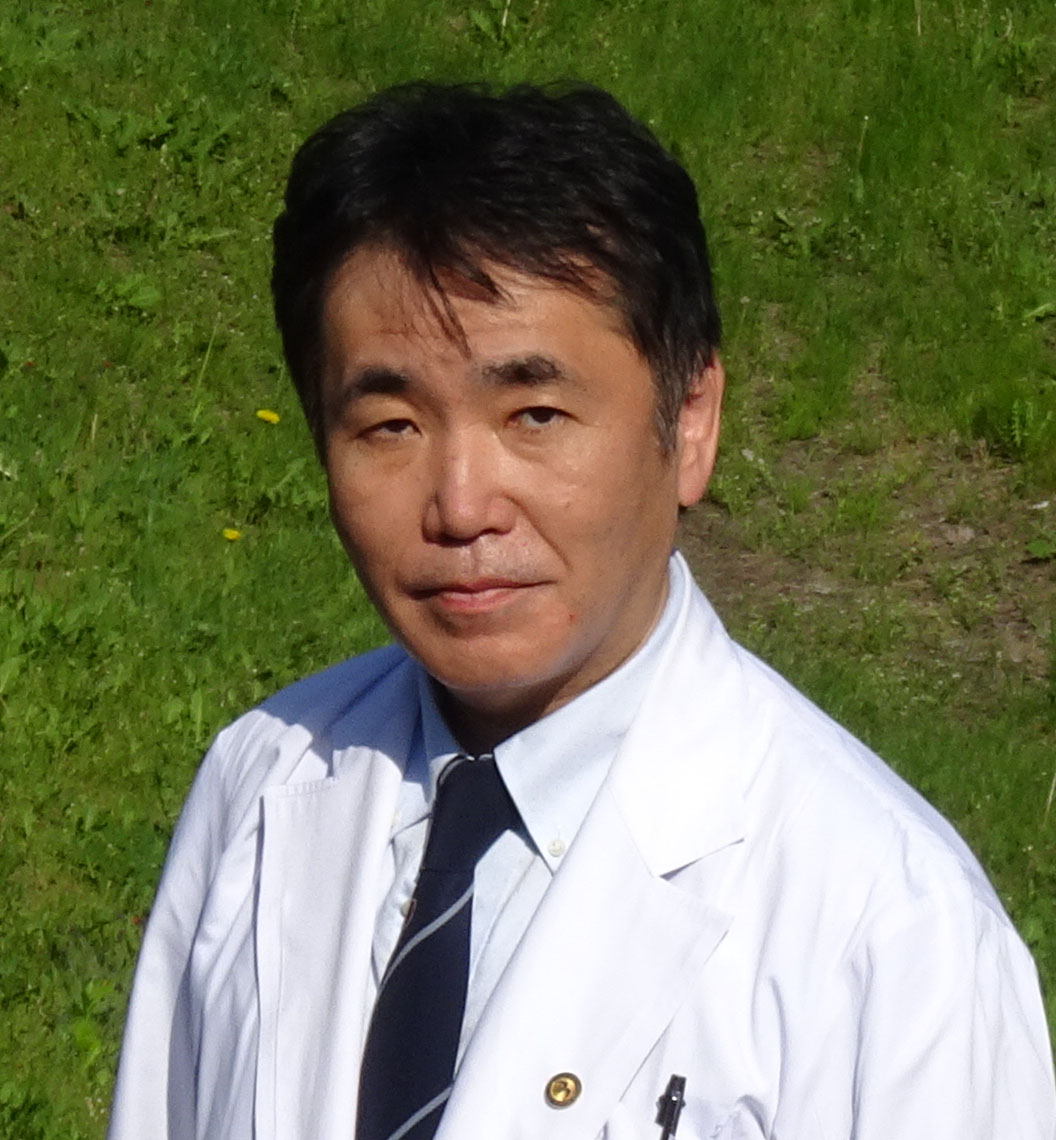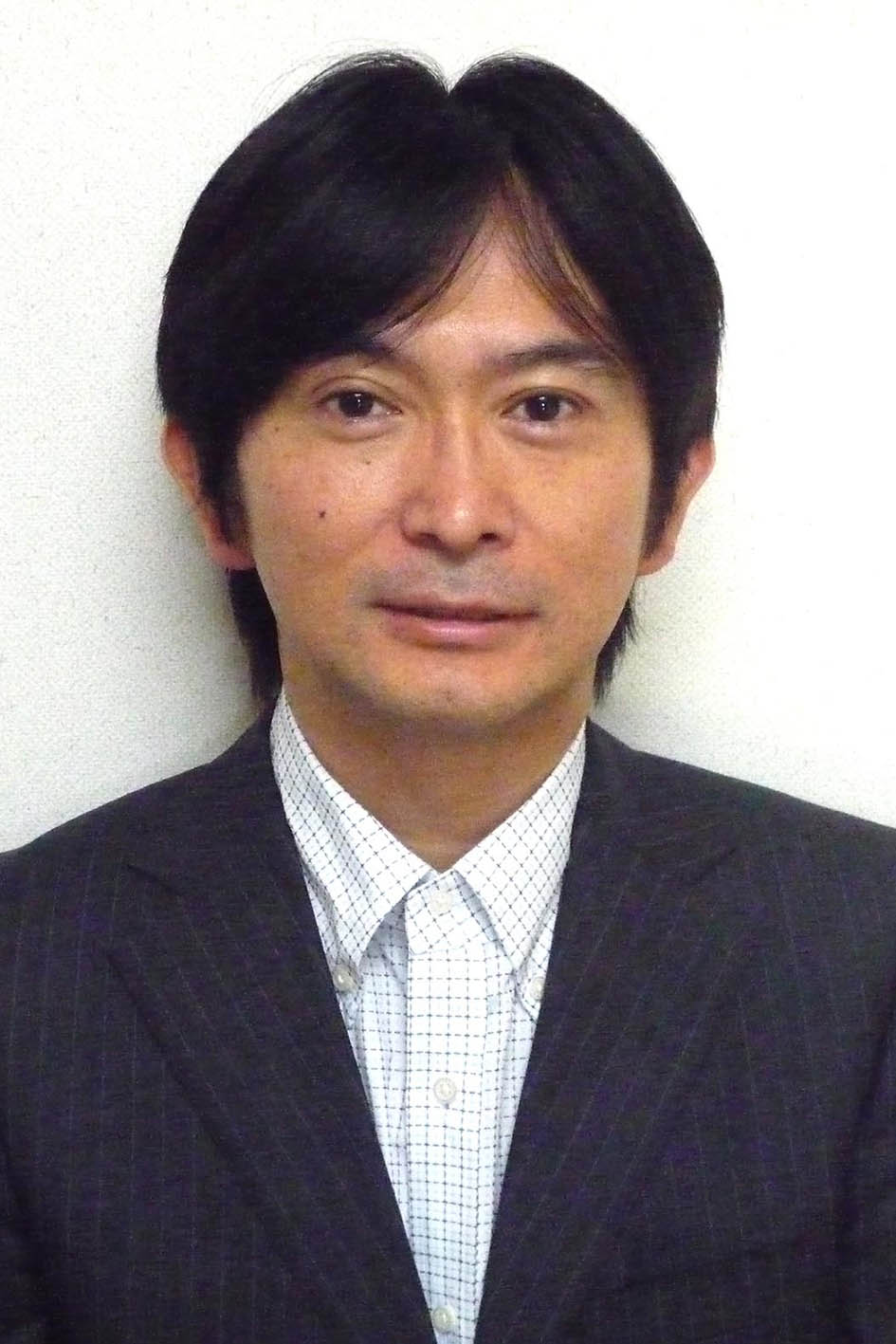Research Project A03 (2nd period)
A03-1 Visualization of Brain Functional Dynamism by hybrid functional analysis with real-time feedback
Research Outline
The purpose of this project is to create functional templates of different tasks with multi-modality technique to visualize functional dynamism and improve decoding accuracy. We investigate patients with acute and chronic stroke and epilepsy, who frequently have functional modulation and pathological representations. Our system consists of functional decoding and sensory, visual and language feedback to the patients. Long-lasting training with functional feedback would visualize functional dynamism over time.
Member

Kyosuke KAMADA
| Principal Investigator | Kyousuke Kamada | (Department Head/Professor, Asahikawa Medical University) |
|---|---|---|
| Co-Investigator | Fumiya Takeuchi | (Associate Professor, Asahikawa Medical University) |
| Co-Investigator | Shusei Fukuyama | (Assistant Researcher, Asahikawa Medical University) |
A03-2 Neural Basis for the Reference Frame and the Functional Synergies in Controlling Eye-head Coordination
Research Outline
In this research area “Embodied-Brain Systems Science”, a new method called NMF (non-negative matrix factorization), has been introduced and seems to have effectively determined muscle synergies in locomotion, posture and arm movements. However, neural substrates for those muscle synergies are mostly yet to be identified. In the vestibulomotor system, activation of each semicircular canal evokes canal-specific eye and head movements. This study is aimed at identifying functional muscle synergies in canal-specific head movements and revealing how they are implemented in neural structures using electrophysiological and anatomical methods.
Members

Yuriko SUGIUCHI
| Principal Investigator | Yuriko Sugiuchi | (Associate Professor, Tokyo Medical and Dental University) |
|---|---|---|
| Co-Investigator | Shinji Kakei | (Project Leader, Tokyo Metropolitan Institute of Medical Science) |
A03-3 Development of assistive technologies for rehabilitation by visualizing neural representation of muscle synergies using electroencephalography
Research Outline
This research project aims to visualize neural signaling and representation of muscle synergies during voluntary movements using non-invasive brain activity signal recording methods. We expect the visualizing technique could reveal transformation of neural signaling and muscle synergy organization by short and long-term motor learning.
Members

Natsue YOSHIMURA
| Principal Investigator | Natsue Yoshimura | (Associate Professor, Tokyo Institute of Technology) |
|---|---|---|
| Co-Investigator | Hiroyuki Kambara | (Assistant Professor, Tokyo Institute of Technology) |
| Co-Investigator | Yosuke Ogata | (Assistant Professor, Tokyo Institute of Technology) |
| Co-Investigator | Okito Yamashita | (Department Head, Neural Information Analysis Laboratories, ATR) |
A03-4 Human Fronto-Parietal Network for Embodied-Brain System: A Combined Electrocorticographic Decoding, Stimulation and Lesion Study
Research Outline
We further develop the inter-group collaboration to establish a comprehensive approach (combining our invasive neurophysiology techniques with decoding, psychology, quantitative behavioral analysis, and functional neuroimaging) for elucidation of the left and right SLFIII network. We, in particular, focus on delineating the fast dynamic alternation (functional impairment) and its transition into slow dynamics alternation (plastic change, reorganization), so that these valuable findings can be translated into clinical neuroscience and finally into patient care. We believe our clinical system neuroscience findings contribute to the Embodied-Brain System Science as important clinical reference data for the construction and verification of engineering models, and the elucidation of the long-term compensatory mechanism by rehabilitation.
Members

Riki MATSUMOTO
| Principal Investigator | Riki Matsumoto | (Professor, Kobe University) |
|---|---|---|
| Co-Investigator | Akio Ikeda | (Professor, Kyoto University) |
| Co-Investigator | Takeharu Kunieda | (Professor, Ehime University) |
| Co-Investigator | Kazumichi Yoshida | (Senior Lecturer, Kyoto University) |
| Co-Investigator | Masao Matsuhashi | (Associate Professor, Kyoto University) |
| Co-Investigator | Akihiro Shimotake | (Assistant Professor, Kyoto University) |
A03-5 Understanding the interaction between tactile and nociceptive information in the somatosensory cortex and controlling of nociception
Research Outline
It remains unclear that the representation of somatotopic map of nociception. We will explore the map in the somatosensory cortex by using in vivo imaging and a newly developed noxious stimulation device.
To control the activity of the nociceptive and tactile pathways, we will stimulate these pathways selectively by using optogenetics. Then, we try to understand the interaction between tactile and nociceptive information in the somatosensory cortex and uncover its neural network.
Members

Hironobu OSAKI
| Principal Investigator | Hironobu Osaki | (Assistant Professor, Tokyo Women’s Medical University) |
|---|---|---|
| Co-Investigator | Mariko Miyata | (Professor, Tokyo Women’s Medical University) |
| Co-Investigator | Yoshifumi Ueta | (Assistant Professor, Tokyo Women’s Medical University) |
| Co-Investigator | Goichi Miyoshi | (Assistant Professor, Tokyo Women’s Medical University) |
A03-6 Body representation changes underlying motor recovery after internal capsular stroke in macaques
Research Outline
This research project aims to investigate changes in neural networks , which are involved in functional compensation during the recovery of dexterous hand movements, using a macaque model of internal capsular stroke. This project also aims to develop a novel technology to monitor changes in activities and networks in motor-related cortical areas during functional recovery after brain damage and to evaluate the possibility for the clinical application in the monitoring of patients.
Members

Noriyuki HIGO
| Principal Investigator | Noriyuki Higo | (Senior Researcher, AIST) |
|---|---|---|
| Co-Investigator | Yumi Murata | (Senior Researcher, AIST) |
| Co-Investigator | Toru Yamada | (Senior Researcher, AIST) |
| Co-Investigator | Jun Izawa | (Associate Professor, University of Tsukuba) |

